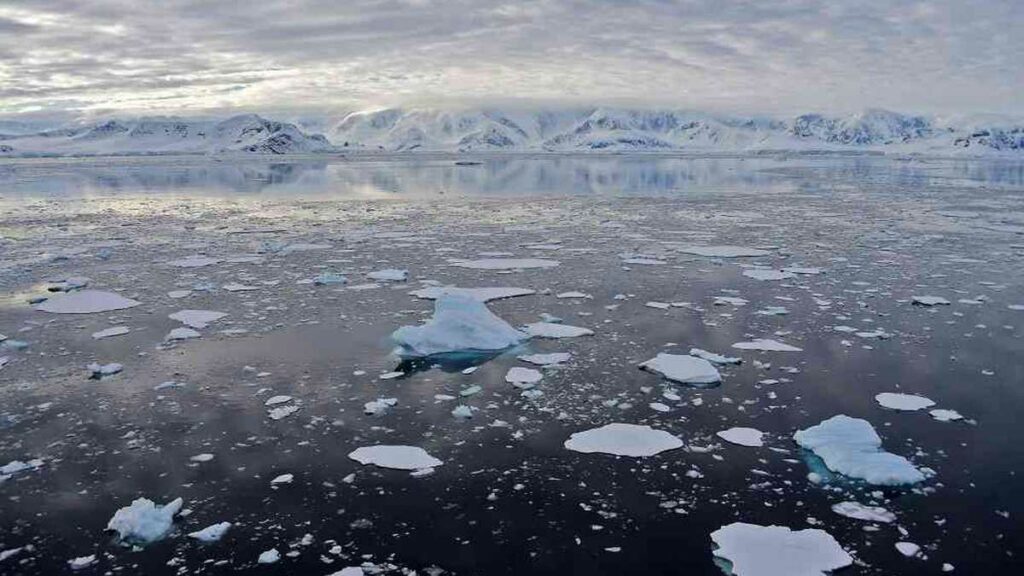A recent study revealed a surprising fact to the scientific community. Record concentrations of microplastics were found in Antarctica. There are up to 100 times more of these particles of less than 50 micrometers than previously believed.
This suggests that previous studies, conducted with less sensitive techniques, may have underestimated the impact of these pollutants.
Microplastics in Antarctica: what does the study say
A team of researchers from the British Antarctic Survey (BAS) discovered concentrations of up to 3000 microplastic particles per liter of snow near some of the most remote camps in Antarctica.
95% of these particles were less than 50 micrometers in size (the size of most human cells).
The finding, published in the Science of the Total Environment, used a new advanced technique capable of detecting particles as small as 11 micrometers, which allowed the identification of microplastics in concentrations of up to 3099 particles per liter of snow, figures 100 times higher than previous studies.
Types of plastics found
Among the detected plastics are polyamide (used in textiles), polyethylene terephthalate (found in packaging and bottles), polyethylene, and synthetic rubber.
Polyamide was the predominant plastic in the camps, but it was absent in the remote “control” site, suggesting local sources of contamination, such as warm clothing, ropes, and flags used in expeditions.
How microplastics reach these remote sites
 Microplastics found in Antarctica.
Microplastics found in Antarctica.
“We believe this means that there are local sources of plastic pollution, at least regarding polyamide,” states Clara Manno, an ocean ecologist, in a BAS press release.
“This could come from warm clothing or ropes and flags used to mark safe routes within and around the camp,” she detailed.
However, the study’s authors want to conduct more research to fully understand the sources of microplastic contamination in Antarctica. How much is local and what part is transported over long distances.
A growing problem: potential consequences
Plastic pollution is already a global problem that has reached unforeseen proportions. “Despite strict regulations on materials entering Antarctica, our findings reveal microplastic contamination even in remote and highly controlled areas,” stated Kirstie Jones-Williams.
Williams conducted fieldwork in remote camps and is a co-author of the article. In her opinion, this highlights the widespread nature of plastic pollution, demonstrating that no place on Earth is truly untouched.
Until 2017, there was no direct evidence of the presence of these microplastics in Antarctica, but since then, they have been found in zooplankton, fish, and birds.
The broader consequences of microplastics in this icy desert are not yet fully understood. Some research suggests they could affect the snow albedo (the amount of light it reflects) and the speed at which it melts.
 How microplastics reach these sites.
How microplastics reach these sites.
They can also be transported to ecologically significant areas. They have already been detected in several species of penguins, seals, and fish, and a recent BAS study revealed that microplastics could also be reducing the amount of carbon that krill transports to the seabed.
Have you visited our YouTube channel yet? Subscribe now!

